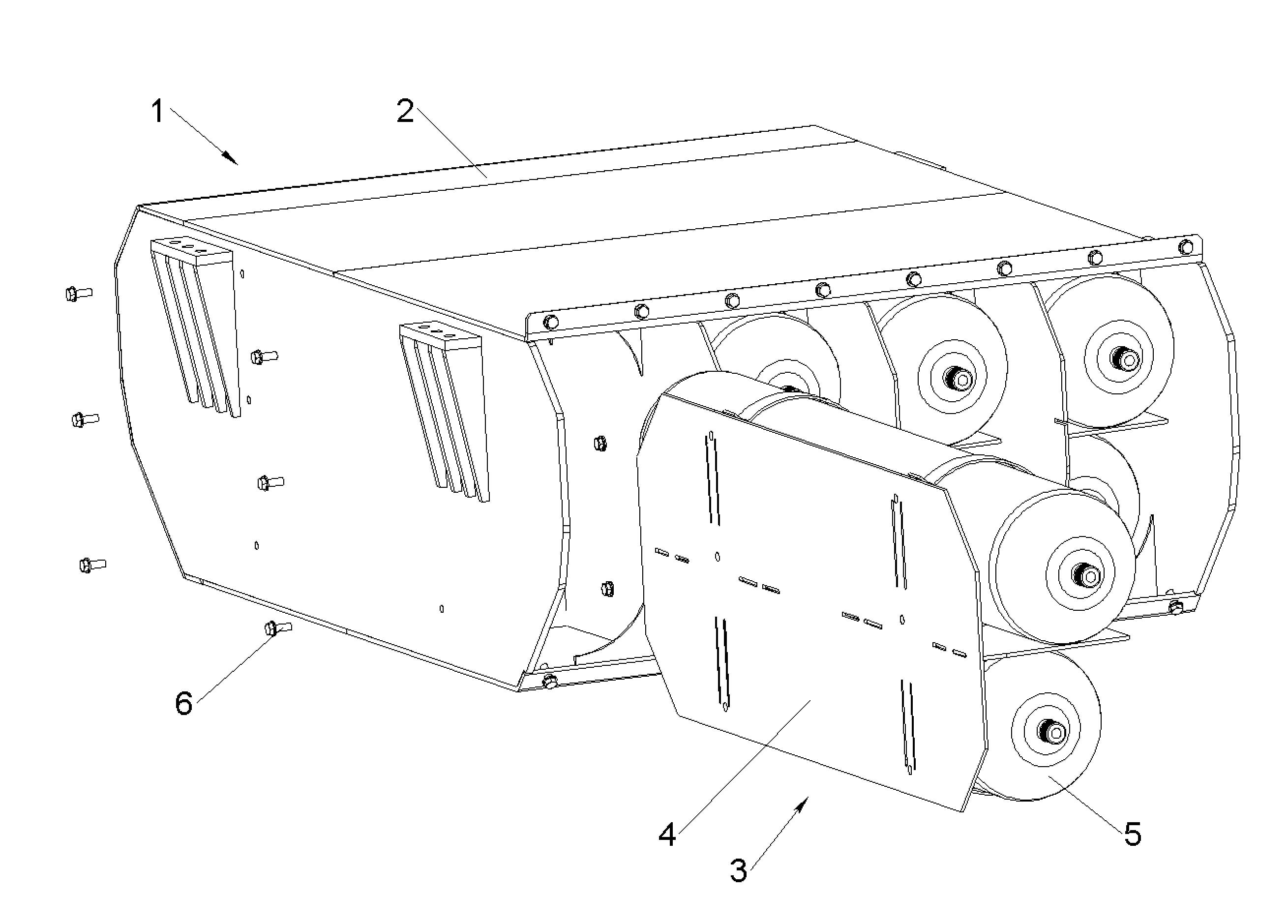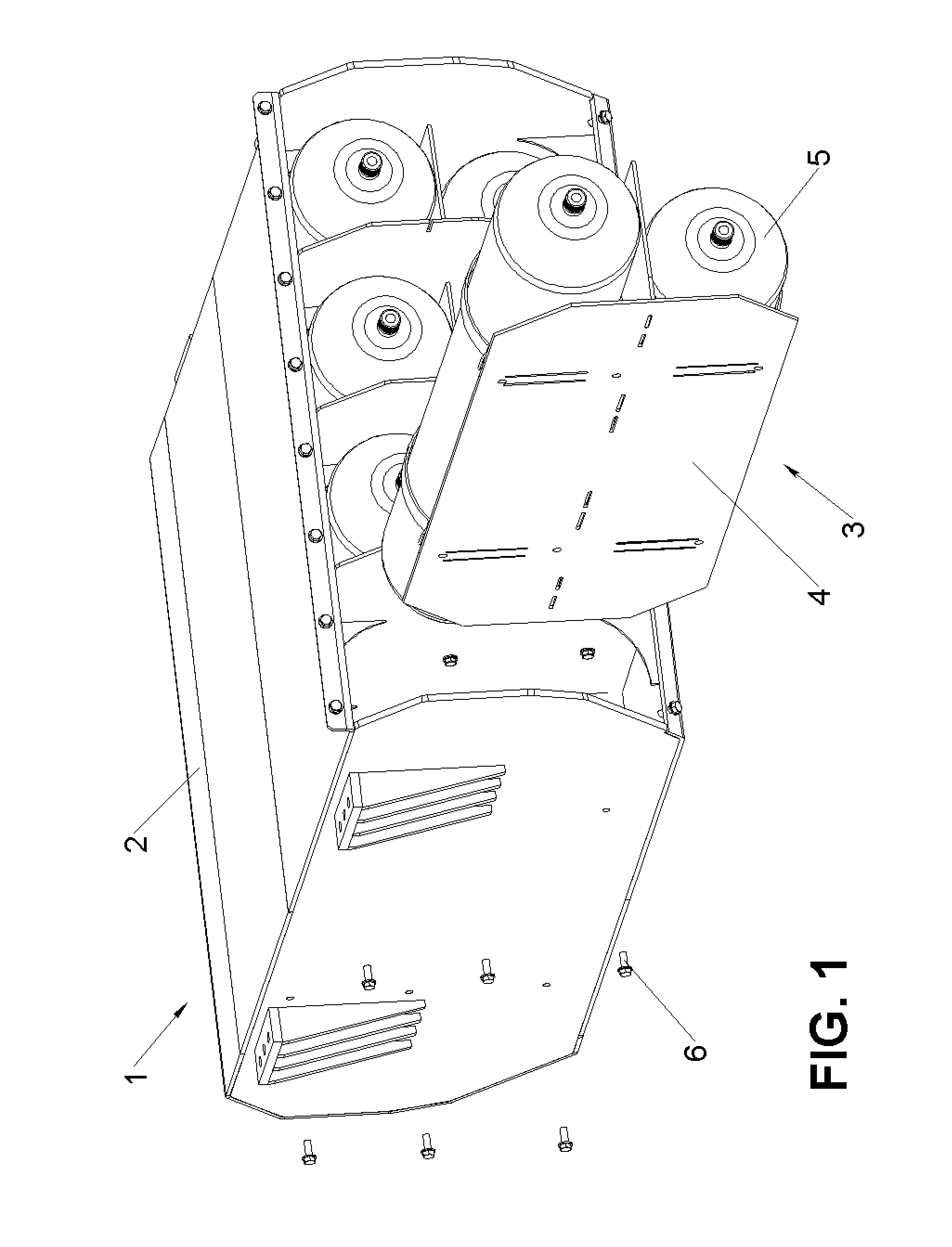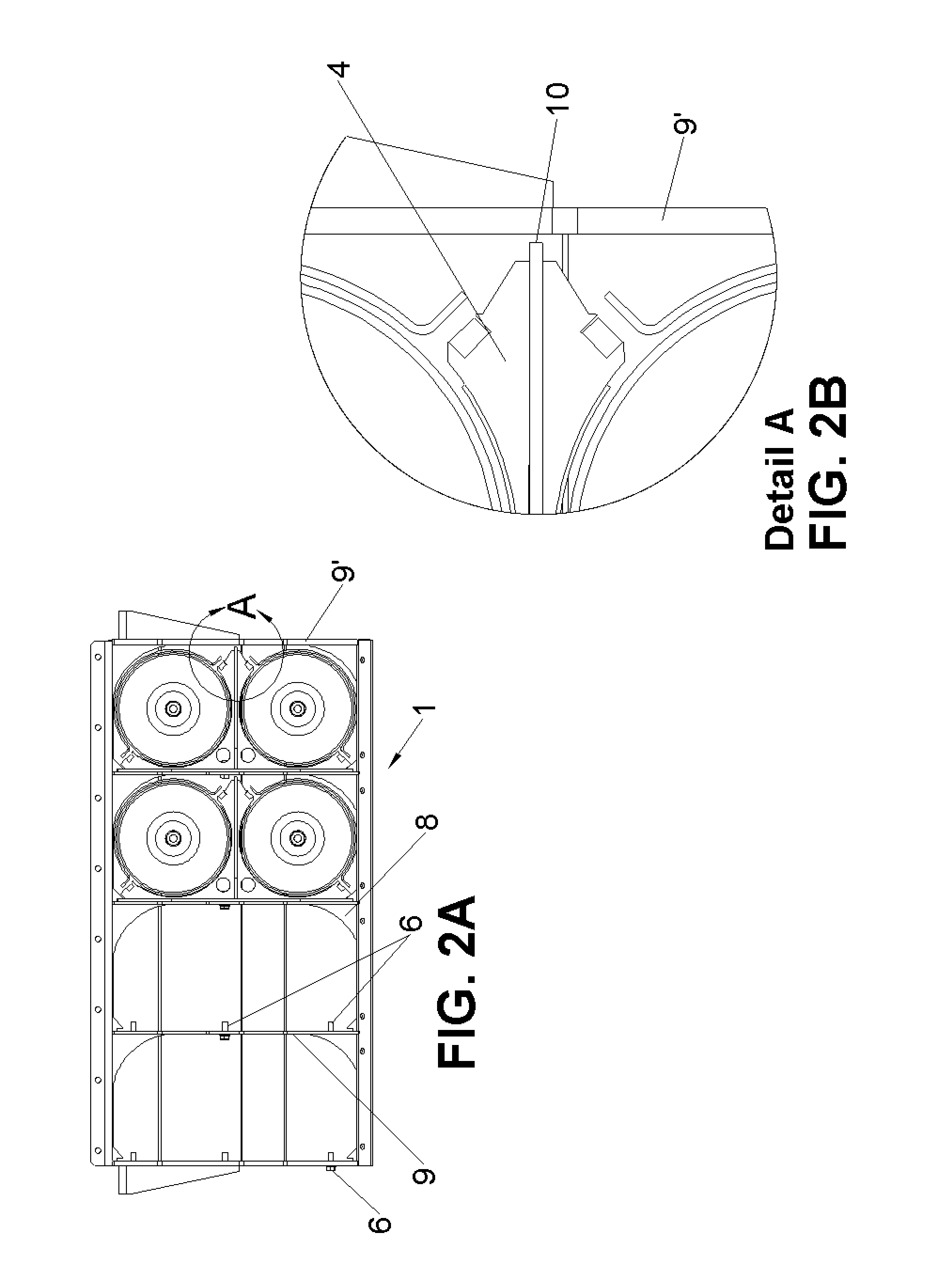Locomotive natural gas storage and transfer system
a technology of natural gas storage and transfer system, which is applied in the direction of locomotives, transportation and packaging, machines/engines, etc., can solve the problems of increased weight and complexity, limited existing system of locomotives, and additional rail cars to the train, etc., to maximize the opportunities of natural gas fueled vehicles, increase density, and prolong storage time in the tank
- Summary
- Abstract
- Description
- Claims
- Application Information
AI Technical Summary
Benefits of technology
Problems solved by technology
Method used
Image
Examples
Embodiment Construction
[0068]To facilitate an understanding of the present disclosure, a number of terms and phrases are defined below:
[0069]Throughout this document, certain systems have been described for use with CNG, or LNG cylinders or vessels. It should be noted that these concepts would be usable for high pressure or cryogenic vessels containing any pressurized and / or liquefied gaseous fuel including hydrogen.
[0070]ISO Tank Module: Intermodal tank system with an ISO specified frame for stacking with other intermodal containers.
[0071]The first portion of the detailed description relates to a locomotive underframe CNG fuel storage system. FIG. 1 illustrates a CNG storage system 1 that is composed of one Crashworthy Enclosure 2 and at least one CNG cylinder module 3. In this embodiment, CNG storage system 1 incorporates four CNG cylinder modules 3.
[0072]The second portion of the detailed description relates to a crashworthy enclosure. The Crashworthy Enclosure 2 is a semi monocoque structure configure...
PUM
 Login to View More
Login to View More Abstract
Description
Claims
Application Information
 Login to View More
Login to View More - R&D
- Intellectual Property
- Life Sciences
- Materials
- Tech Scout
- Unparalleled Data Quality
- Higher Quality Content
- 60% Fewer Hallucinations
Browse by: Latest US Patents, China's latest patents, Technical Efficacy Thesaurus, Application Domain, Technology Topic, Popular Technical Reports.
© 2025 PatSnap. All rights reserved.Legal|Privacy policy|Modern Slavery Act Transparency Statement|Sitemap|About US| Contact US: help@patsnap.com



